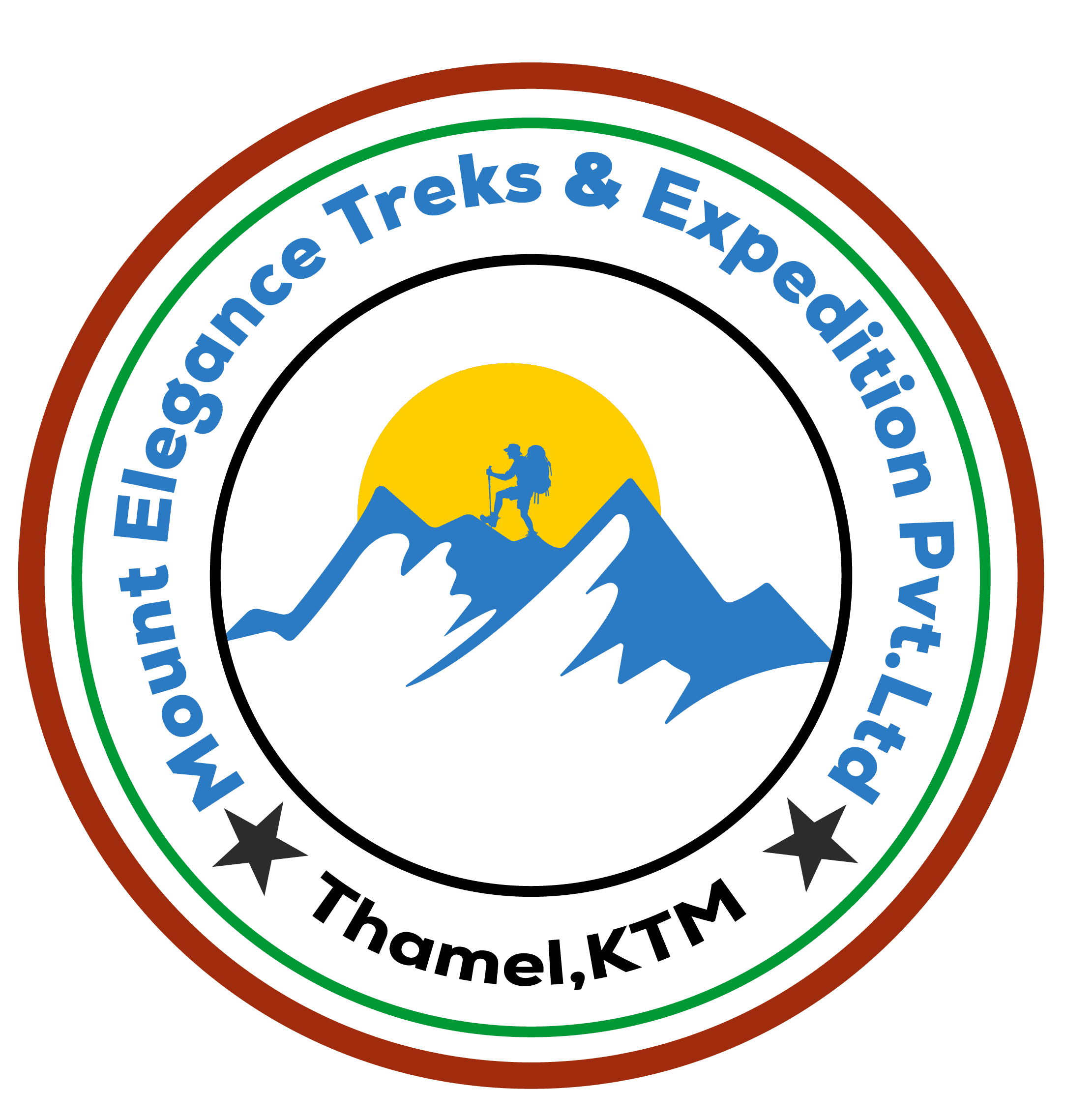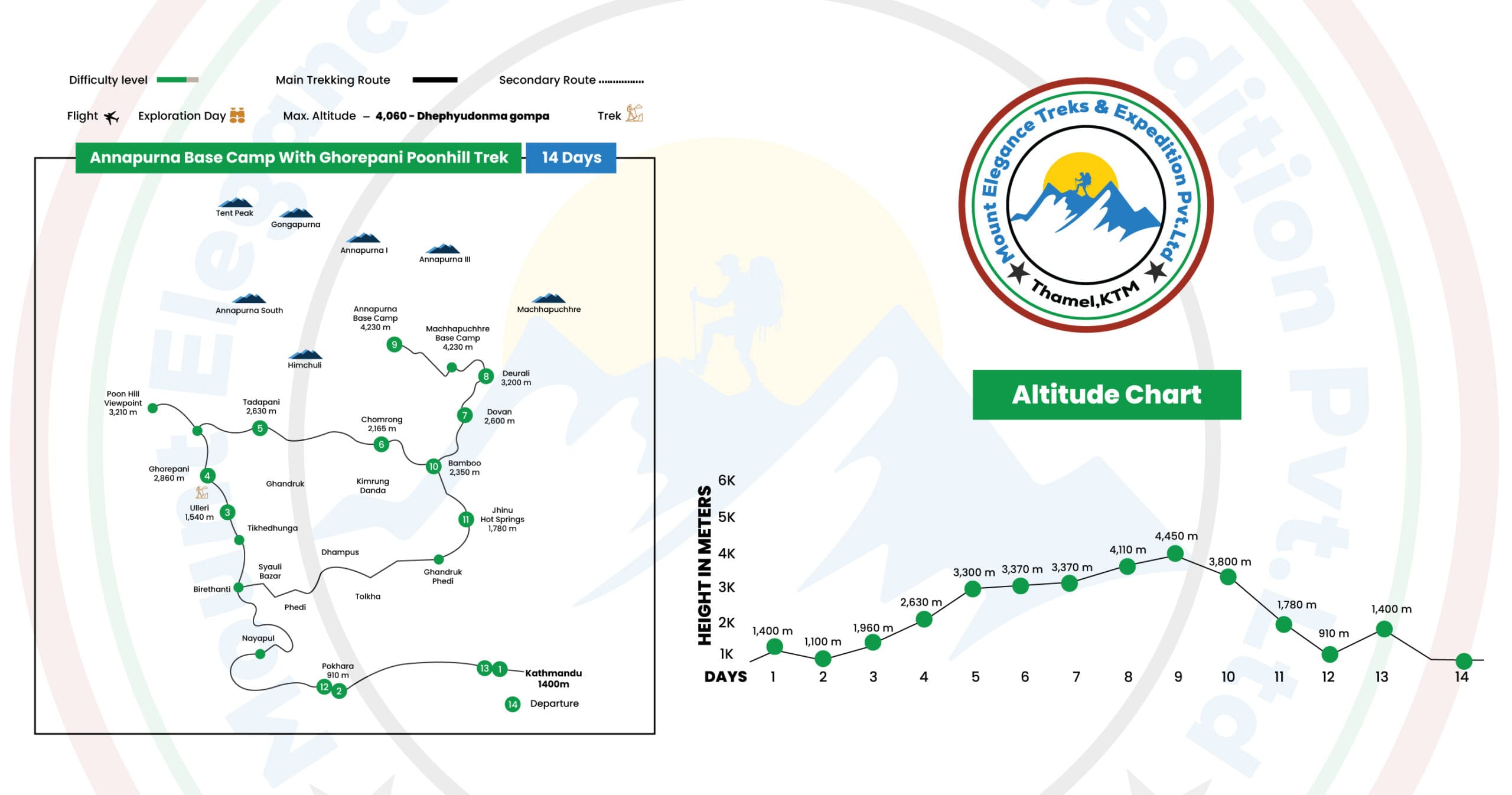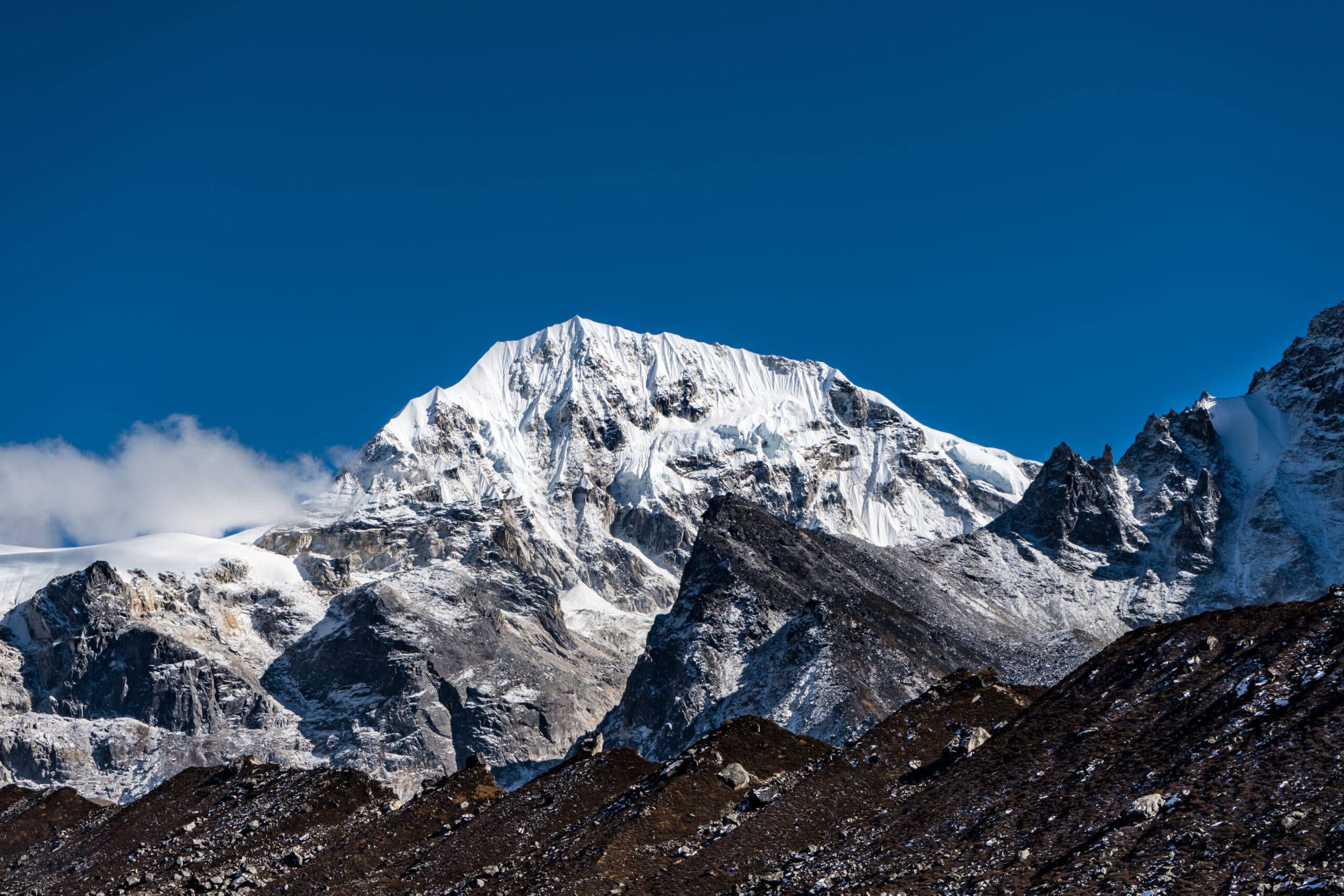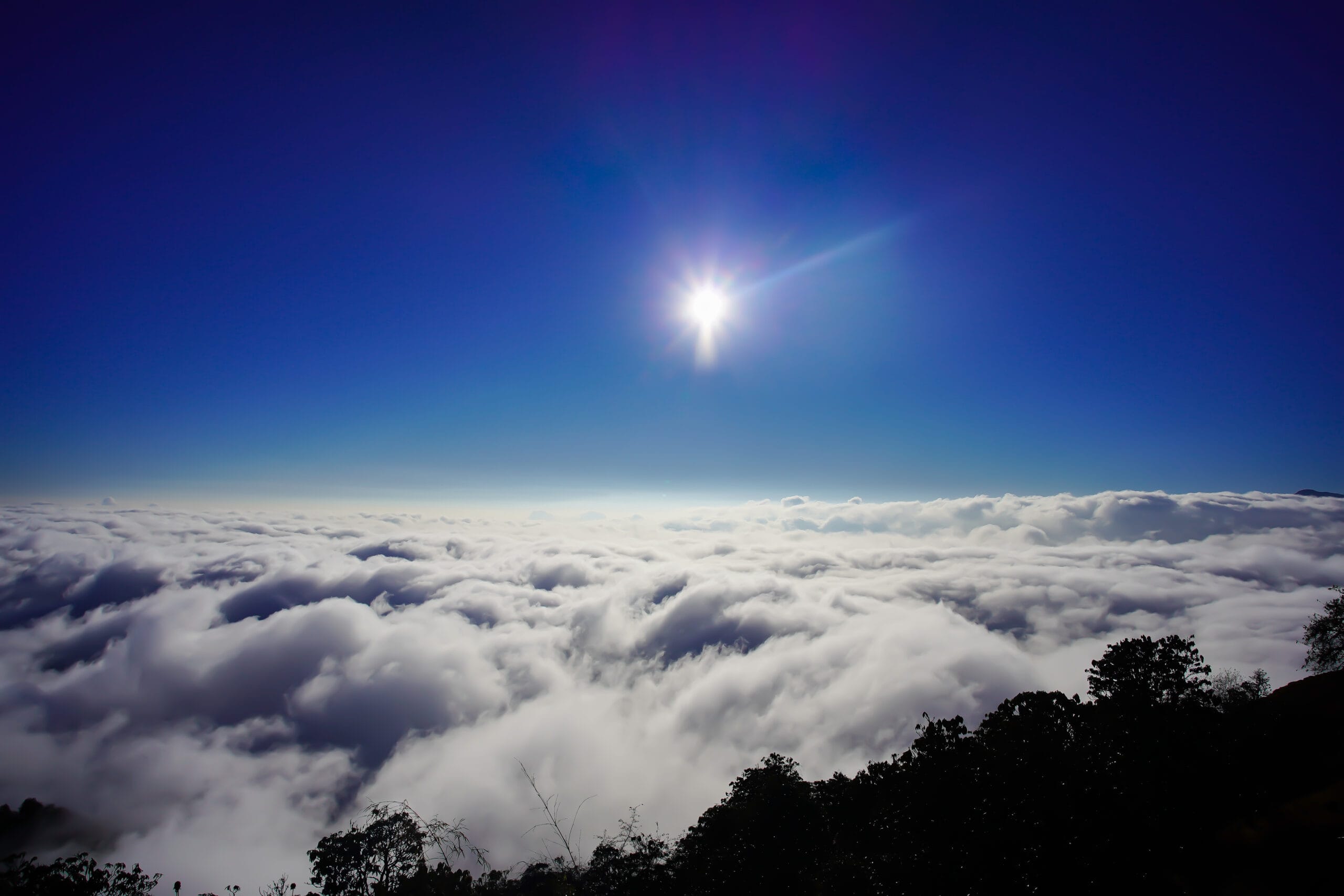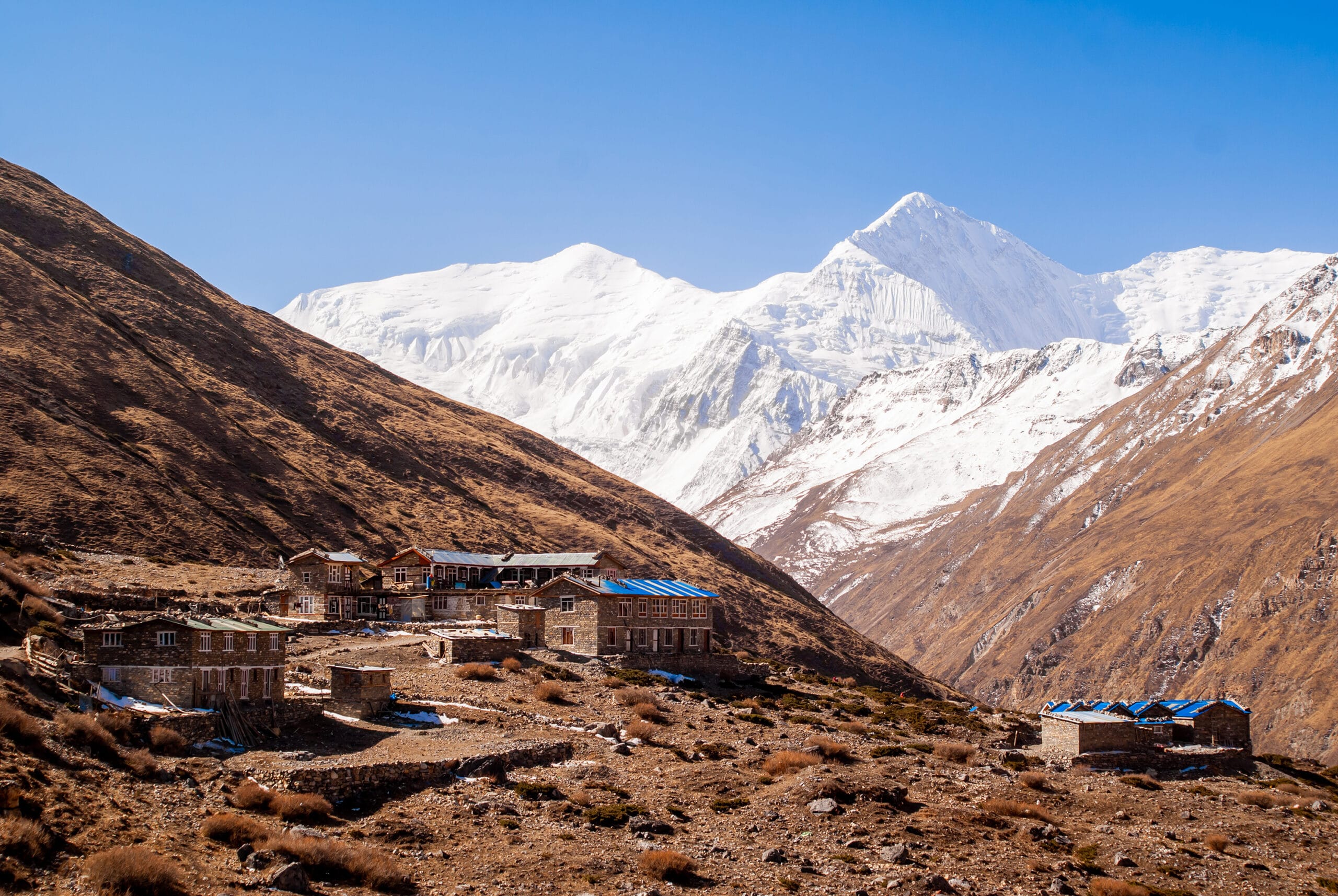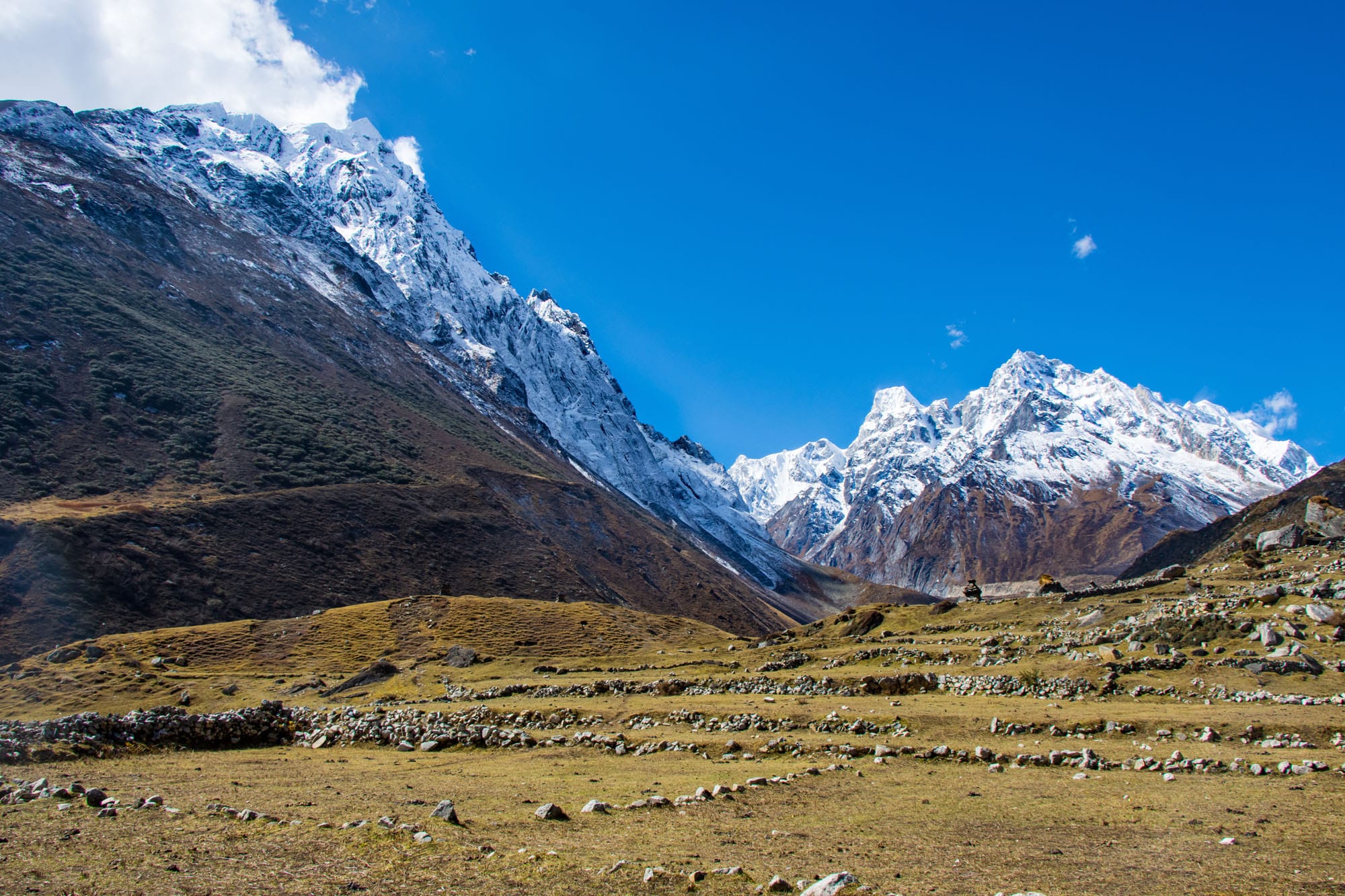Annapurna Base Camp with Ghorepani PoonHill Trek – 14 Days
Best Season
Highest Altitude
Trip Overview
The Annapurna Base Camp with Ghorepani PoonHill Trek is a spectacular 14-day adventure that combines the awe-inspiring Annapurna Base Camp trek with the scenic beauty of Ghorepani and PoonHill. This trek offers trekkers the opportunity to explore diverse landscapes, vibrant local cultures, and stunning mountain vistas. From lush forests and terraced fields to high-altitude trails, this trek provides an unforgettable experience of the Himalayas.
Your journey begins with a scenic drive from Kathmandu to Pokhara, followed by a drive to Nayapul. From there, you will trek through charming villages, lush rhododendron forests, and breathtaking mountain scenery. The highlight of the trek is reaching Annapurna Base Camp, where you will be surrounded by the majestic peaks of the Annapurna and Dhaulagiri ranges. Additionally, the trek includes a visit to Poon Hill, famous for its panoramic sunrise views over the Himalayas.
Trip Highlights
- Scenic drive from Kathmandu to Pokhara and drive to Nayapul.
- Trek through picturesque villages and lush forests.
- Reach Annapurna Base Camp at 4,130 meters with stunning views of Annapurna and Dhaulagiri.
- Sunrise view from Poon Hill (3,210 meters) over the Annapurna and Dhaulagiri ranges.
- Experience local culture in traditional Gurung and Magar villages.
- Stay in comfortable lodges and enjoy warm hospitality.
- Accommodation: Stay in comfortable teahouses during the trek; standard hotels in Kathmandu.
- Meals: Full-board meals (breakfast, lunch, and dinner) during the trek; breakfast in Kathmandu.
- Luggage: Porters provided for luggage transport (up to 15 kg per person).
- Internet/WiFi, Electricity, and Water: Available at most lodges along the trekking route (additional charges may apply); complimentary WiFi in Kathmandu hotels.
Essential Items:
- Base Layers: Thermal top and bottom
- Insulation: Fleece jacket and down jacket
- Outer Layer: Waterproof jacket and pants
- Trekking Clothes: Some pairs of trekking pants, quick-dry shirts
- Footwear: Trekking boots, camp shoes/sandals
- Headwear: Sun hat, warm hat, neck gaiter
- Hand-wear: Lightweight gloves, insulated gloves
Accessories: Sunglasses, sunscreen, lip balm , headlamp with extra batteries , trekking poles ,50-60L backpack + daypack
Personal Items: Hygiene essentials (toothbrush, toothpaste, wet wipes), Quick-dry towel ,Water bottle or hydration system (2L capacity) , Snacks (energy bars, nuts)
Medical Kit: Personal medications, basic first aid, altitude sickness pills
Documents: Passport, trekking permits, travel insurance
Optional: Camera, power bank, lightweight sleeping bag
Itinerary
Upon arrival at Tribhuvan International Airport in Kathmandu, you will be greeted by a representative and transferred to your hotel. Spend the rest of the day relaxing or exploring the vibrant streets of Kathmandu. In the evening, attend a pre-trek briefing to discuss the itinerary, meet your guide, and prepare for the adventure ahead.
Take an early morning drive from Kathmandu to Pokhara, a city known for its tranquil lakes and stunning mountain views. After arriving in Pokhara, you will drive to Nayapul, the starting point of your trek. Begin trekking towards Tikhedhunga, passing through small villages and terraced fields. The trail follows the Modi Khola river, providing scenic views of the surrounding countryside.
Begin the day with a steep climb through stone steps and dense rhododendron forests. The trail ascends towards the village of Ulleri and continues through lush woodlands filled with oak, magnolia, and rhododendron trees. After a challenging but rewarding trek, you will reach Ghorepani, a charming village that offers stunning views of the Annapurna and Dhaulagiri mountain ranges.
Rise early for a pre-dawn hike to Poon Hill (3,210 meters), a popular vantage point known for its breathtaking sunrise views over the Annapurna and Dhaulagiri ranges. After enjoying the panoramic vistas, return to Ghorepani for breakfast. Continue trekking towards Tadapani through a scenic trail lined with rhododendron forests and cascading waterfalls.
Descend through lush forests to Kimrong Khola before climbing up to the ridge of Chhomrong, a beautiful village that offers panoramic views of Annapurna South and Machapuchare (Fishtail). Chhomrong is the gateway to the Annapurna Sanctuary and the perfect place to experience the local Gurung culture.
Begin the day with a descent to the Chhomrong Khola river, followed by a steep ascent to Sinuwa village. The trail continues through a dense bamboo forest, gradually descending towards the village of Bamboo. Enjoy the peaceful surroundings and the soothing sound of the Modi Khola river flowing nearby.
Continue trekking through the bamboo forest, passing through the villages of Dovan and Himalaya. The trail gradually ascends, offering glimpses of snow-capped peaks and waterfalls along the way. Reach Deurali, a small settlement located at an altitude of 3,230 meters, where you will stay overnight.
Today is the most exciting day of the trek as you make your way to Annapurna Base Camp (4,130 meters). The trail ascends gradually to Machapuchare Base Camp (3,700 meters), where you will take a short break to admire the stunning views. Continue trekking towards Annapurna Base Camp, where you will be surrounded by a panoramic view of towering peaks, including Annapurna I, Annapurna South, and Hiunchuli.
Wake up early to witness the breathtaking sunrise over the Annapurna range. Spend some time exploring the base camp, taking in the stunning views and capturing photographs. After breakfast, begin the descent to Bamboo, retracing your steps through the Annapurna Sanctuary.
Continue descending through the bamboo forest, passing through Sinuwa and Chhomrong. From Chhomrong, the trail descends steeply to Jhinu Danda, known for its natural hot springs. Relax and unwind in the hot springs, rejuvenating your muscles after several days of trekking.
On the final day of trekking, descend from Jhinu Danda to Nayapul, passing through terraced fields and charming villages. Upon reaching Nayapul, you will be driven back to Pokhara. Spend the evening relaxing by the lakeside or exploring the vibrant city of Pokhara.
Enjoy a free day in Pokhara to explore the city at your own pace. You can visit popular attractions such as Phewa Lake, Davis Falls, and the World Peace Pagoda, or simply relax and enjoy the serene environment. This day also serves as a buffer in case of any delays during the trek.
Take a morning drive from Pokhara back to Kathmandu. Upon arrival, transfer to your hotel.
Depending on your flight schedule, you may have some free time for last-minute shopping or sightseeing. A representative will transfer you to Tribhuvan International Airport for your departure flight, marking the end of your memorable trekking adventure in the Annapurna region.
Book Now
Got A Question?

Mr. Shishir Dhakal
Price Inclusion
- Accommodation in teahouse /lodges during the trek.
- Drive from Kathmandu to Pokhara and back in tourist bus.
- All meals (breakfast, lunch, and dinner) during the trek.
- Experienced guide and porters.
- Permits and entry fees.
- Transportation from Pokhara to Nayapul and return.
Price Exclusion
- International flights to and from Kathmandu.
- Travel insurance.
- Personal trekking gear and expenses.
- Meals and accommodation in Kathmandu and Pokhara.
- Tips for guide and porters.
- Additional activities and excursions not listed in the itinerary.
Additional Information
Trip Map
Meals and Accommodation on Annapurna Base Camp with Ghorepani Poon Hill Trek
The Annapurna Base Camp (ABC) with Ghorepani Poon Hill Trek provides a mix of traditional teahouse hospitality and city-standard comfort, ensuring trekkers experience both the raw beauty of the Himalayas and the warmth of Nepali culture. Throughout the trek, accommodations are arranged in tea houses or lodges, which are locally operated and cater to trekkers with basic but cozy amenities.
In Kathmandu and Pokhara, accommodations are in tourist-standard hotels, offering a refreshing break from the rugged trekking experience. These hotels typically include air-conditioned rooms with ensuite bathrooms and complimentary breakfasts. After the trek, the modern amenities and relaxing environment in these hotels provide a perfect opportunity to unwind.
On the trail, teahouse accommodations provide twin-sharing rooms equipped with two single beds, mattresses, pillows, and blankets. While the facilities are more comprehensive in lower-altitude villages, as you ascend toward Annapurna Base Camp, the amenities become simpler, reflecting the remoteness of the region. Some teahouses may offer hot showers and device-charging services for an additional fee.
When it comes to meals, trekkers are served a variety of locally sourced, freshly prepared dishes. Breakfast options often include porridge, Tibetan bread, eggs, pancakes, and hot beverages like tea and coffee. Lunch and dinner menus feature staples such as Dal Bhat (a traditional Nepali meal of rice, lentils, and curry), noodles, soups, momos (dumplings), pasta, and fried rice. Snacks like biscuits, chocolates, and fresh fruits are also available. While meals in Kathmandu and Pokhara come with a wider range of options, including international cuisines, those on the trail are simpler yet satisfying, enriched with the unique flavors of the Himalayas.
The combination of hearty meals, cozy teahouses, and the ever-changing landscapes ensures a comfortable and culturally immersive trekking experience on the Annapurna Base Camp with Ghorepani Poon Hill Trek.
Best Season for Annapurna Base Camp with Ghorepani Poon Hill Trek
The best time to trek the ABC with Ghorepani Poon Hill route is during the spring (March to May) and autumn (September to November) seasons, offering ideal weather and spectacular views.
Spring (March to May)
- Weather: Days are warm with clear skies, and the nights are cooler but not extreme.
- Temperature:
- Lower regions (1,000m to 2,500m): 15°C to 25°C during the day, 5°C to 10°C at night.
- Higher regions (2,500m to 4,130m): 10°C to 20°C during the day, -5°C to 5°C at night.
- Highlights: Rhododendron forests are in full bloom, adding vibrant colors to the trails. The panoramic views of peaks like Annapurna, Machapuchare, and Dhaulagiri are stunning.
Autumn (September to November)
- Weather: Clear skies, dry air, and moderate temperatures make trekking conditions ideal.
- Temperature:
- Lower regions (1,000m to 2,500m): 15°C to 25°C during the day, 5°C to 10°C at night.
- Higher regions (2,500m to 4,130m): 10°C to 20°C during the day, -5°C to 5°C at night.
- Highlights: Post-monsoon greenery and crystal-clear mountain views make this season the most popular. Cultural festivals like Dashain and Tihar add a festive atmosphere.
Winter (December to February)
- Weather: Cold but with clear skies. Snowfall is common, especially at higher elevations.
- Temperature:
- Lower regions (1,000m to 2,500m): 10°C to 15°C during the day, 0°C to 5°C at night.
- Higher regions (2,500m to 4,130m): -5°C to 5°C during the day, -10°C to -5°C at night.
- Challenges: Thorong La Pass and higher trails may be icy, requiring proper gear and experience.
Monsoon/Summer (June to August)
- Weather: Heavy rainfall and humid conditions dominate this season.
- Temperature:
- Lower regions (1,000m to 2,500m): 20°C to 30°C during the day, 10°C to 20°C at night.
- Higher regions (2,500m to 4,130m): 15°C to 20°C during the day, 5°C to 10°C at night.
Challenges: Slippery trails, leeches, and reduced visibility can make trekking less enjoyable. However, the rain-shadow areas around Annapurna offer opportunities for exploration.
Equipment Checklist
Trekking in Nepal is an incredible adventure, taking you through diverse landscapes, from lush forests to rugged mountain trails. To fully enjoy the experience, it’s crucial to pack the right equipment. Here’s an essential checklist to help you prepare for your trek, ensuring you’re ready for the challenges and beauty of the Himalayas.
1. Clothing
- Base Layers: Moisture-wicking base layers (thermal tops and bottoms) are essential for regulating your body temperature. Opt for lightweight, breathable materials.
- Mid Layers: Fleece jackets or lightweight down jackets provide warmth in colder temperatures. These layers should be easy to add or remove as needed.
- Outer Layers: A waterproof and windproof jacket is essential to protect against rain, wind, and snow. Make sure it’s breathable to stay comfortable during strenuous activities.
- Trekking Pants: Lightweight, quick-drying pants are ideal. Consider packing thermal pants for colder regions or seasons.
- Gloves, Hats, and Buffs: Warm gloves, a woolen hat, and a buff or neck gaiter help protect against the cold at high altitudes.
- Trekking Socks: High-quality, moisture-wicking socks (at least three pairs) are crucial to prevent blisters and keep your feet dry.
2. Footwear
- Trekking Boots: Sturdy, well-fitted, and waterproof trekking boots with good ankle support are essential. Break them in before your trek to avoid blisters.
- Sandals or Camp Shoes: Lightweight sandals or camp shoes for relaxing at tea houses or lodges after a long day of trekking.
3. Backpack and Storage
- Daypack (20-30 liters): A small, comfortable daypack with rain cover to carry essentials like water, snacks, camera, and extra layers.
- Duffel Bag (60-80 liters): For your main gear, use a durable, waterproof duffel bag that will be carried by porters.
- Dry Bags or Ziplock Bags: For protecting electronics, documents, and clothes from moisture.
4. Trekking Gear
- Trekking Poles: Adjustable trekking poles reduce the strain on your knees, especially during steep descents.
- Headlamp with Extra Batteries: Essential for early morning starts, late finishes, or use in lodges where electricity may be limited.
- Water Bottles and Purification: Carry reusable water bottles and purification tablets or a water filter to ensure safe drinking water.
- Sleeping Bag: A four-season sleeping bag rated for temperatures as low as -10°C to -15°C is recommended for high-altitude treks.
5. Health and First Aid
- Personal First Aid Kit: Include essentials like band-aids, antiseptic wipes, blister treatment, pain relievers, and any personal medications.
- Sunscreen and Lip Balm: High SPF sunscreen and lip balm are essential to protect against strong UV rays at high altitudes.
- Hand Sanitizer and Wet Wipes: Useful for maintaining hygiene when water is limited.
- Altitude Sickness Medication: Consult your doctor about medications like Diamox for preventing altitude sickness.
6. Personal Items and Extras
- Snacks and Energy Bars: Pack lightweight, high-energy snacks for a quick boost on the trail.
- Sunglasses with UV Protection: Essential for protecting your eyes from the intense sunlight and snow glare at high altitudes.
- Camera or Smartphone: To capture the breathtaking scenery. Don’t forget extra batteries or a portable charger.
- Personal Toiletries: Include biodegradable soap, toothbrush, toothpaste, and a small towel.
- Cash: Carry enough local currency for expenses along the trail, as ATMs are not available in remote areas.
7. Documents
- Passport and Visa: Carry your passport, visa, and photocopies in a waterproof pouch.
- Permits: Obtain trekking permits such as the TIMS card and national park or conservation area permits, depending on your route.
- Travel Insurance Details: Ensure you have comprehensive travel insurance covering high-altitude trekking, emergency evacuations, and medical expenses.
Final Tips
- Pack Light: Try to keep your backpack under 10-15 kg. The lighter your pack, the more enjoyable your trek will be.
- Layer Up: Layering is key for comfort in Nepal’s changing weather conditions. Bring versatile clothing that can be easily added or removed.
- Double-Check Your Gear: Before you set off, double-check that you have all the essentials. Missing a crucial item could make your trek less comfortable or even dangerous.
